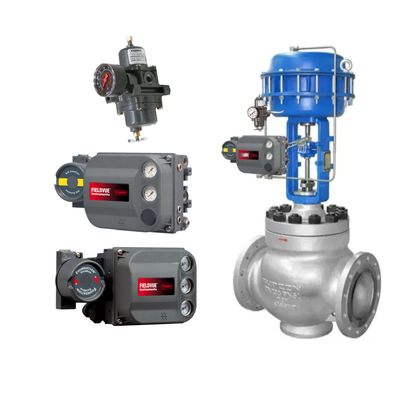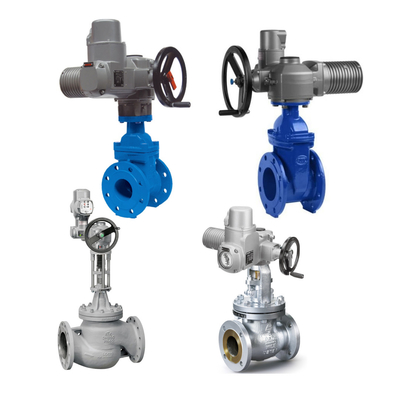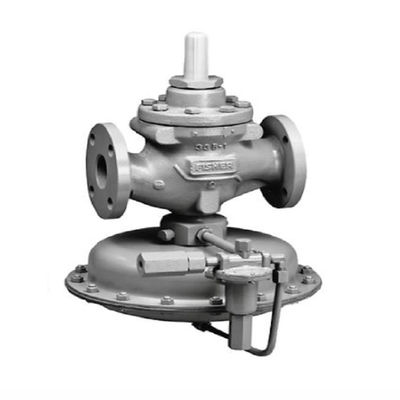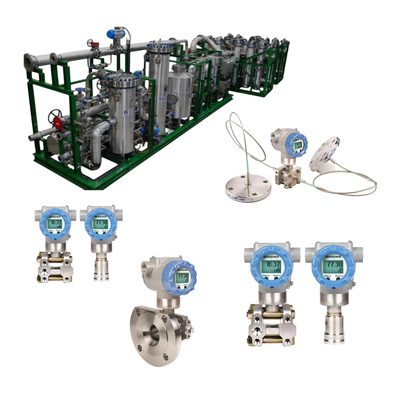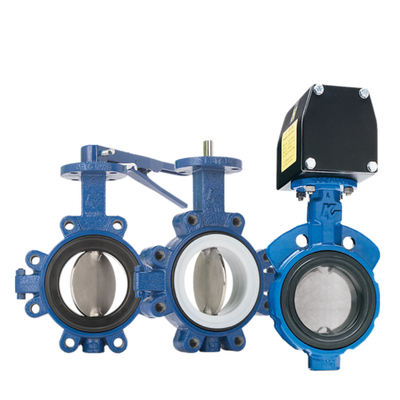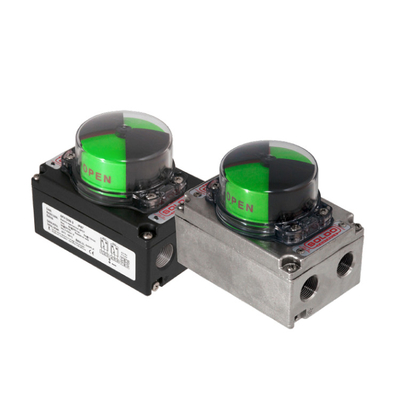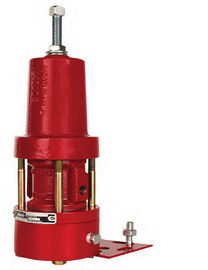What is the Difference Between Pressure Control Valve and Flow Control Valve?
As a seasoned professional with over two decades of experience in the valve industry, I've witnessed firsthand the pivotal role that control valves play in industrial processes. Among these, pressure control valves and flow control valves stand out as essential components, each with distinct functions and applications. This article aims to elucidate the differences between these two types of valves, incorporating the crucial aspect of valve positioners, to provide a comprehensive understanding for both novices and seasoned engineers.
Understanding Control Valves: The Basics
Before delving into the specifics of pressure and flow control valves, it's essential to grasp the fundamental concept of a control valve. A control valve is a device used to regulate the flow, pressure, temperature, or level of a fluid within a system. It does this by varying the size of the flow passage as directed by a signal from a controller. This ability to modulate fluid dynamics makes control valves indispensable in numerous industrial applications, ranging from simple water treatment systems to complex petrochemical processes.

Pressure Control Valve: Maintaining System Integrity
Definition and Function
A pressure control valve, as the name suggests, is designed to regulate the pressure of a fluid passing through a pipe or system. Its primary function is to ensure that the pressure within the system remains within safe and operational limits, preventing overpressure situations that could lead to equipment damage or catastrophic failures.
Working Principle
The working principle of a pressure control valve is based on the balance between the fluid pressure acting on the valve and a pre-set spring force. When the fluid pressure exceeds the setpoint, the valve opens to release excess pressure, thereby maintaining a stable pressure level. Conversely, when the pressure drops below the setpoint, the valve closes to prevent further pressure loss.
Types and Applications
Pressure control valves come in various types, including relief valves, safety valves, and pressure-reducing valves. Each type serves a specific purpose:
- Relief Valves: Protect systems from overpressure by releasing excess pressure when it exceeds a predetermined level.
- Safety Valves: Similar to relief valves but designed for higher pressure applications and often used in steam boilers and pressure vessels.
- Pressure-Reducing Valves: Reduce the inlet pressure to a lower, constant outlet pressure, regardless of fluctuations in the inlet pressure.
These valves are widely used in industries such as oil and gas, chemical processing, power generation, and water treatment, where maintaining precise pressure control is critical for safety and efficiency.
Flow Control Valve: Ensuring Operational Precision
Definition and Function
A flow control valve, on the other hand, is designed to regulate the flow rate of a fluid within a system. Its primary function is to ensure that the fluid flows at a desired rate, which is crucial for processes that require precise control over the quantity of fluid being processed.
Working Principle
The working principle of a flow control valve involves adjusting the size of the flow passage to control the flow rate. This can be achieved through various mechanisms, such as throttling (partially closing the valve to restrict flow) or using specialized valve designs like needle valves or globe valves that offer fine control over flow rates.
Types and Applications
Flow control valves also come in different types, including throttle valves, needle valves, and proportional flow control valves. Each type has its unique characteristics and applications:
- Throttle Valves: Simple valves used to restrict flow by partially closing the valve orifice.
- Needle Valves: Offer precise control over flow rates due to their tapered needle-like plug that fits into a matching seat.
- Proportional Flow Control Valves: Use electrical or pneumatic signals to adjust the valve opening proportionally to the input signal, providing accurate flow control.
Flow control valves are essential in industries where precise flow control is necessary, such as in pharmaceutical manufacturing, food and beverage processing, and HVAC systems.

The Role of Valve Positioners
Now, let's introduce the concept of valve positioners, a critical component that enhances the performance of both pressure and flow control valves. A valve positioner is a device used to accurately position a control valve's actuator in response to a signal from a controller. It ensures that the valve opens or closes to the exact position required to achieve the desired process variable (pressure or flow rate).
How Valve Positioners Work
Valve positioners receive a control signal (usually electrical or pneumatic) from a controller and compare it to the actual position of the valve actuator. If there's a discrepancy, the positioner adjusts the actuator's position to match the desired setpoint. This feedback mechanism ensures precise valve positioning, even under varying process conditions.
Benefits of Using Valve Positioners
The use of valve positioners offers several benefits:
- Improved Accuracy: Ensures that the valve opens to the exact position required, reducing errors and improving process control.
- Enhanced Stability: Reduces the impact of external disturbances, such as pressure fluctuations or changes in flow rate, on the valve's position.
- Increased Flexibility: Allows for remote control and adjustment of valve positions, making it easier to optimize process conditions.
Practical Considerations: Choosing the Right Valve and Positioner
When selecting a pressure control valve, flow control valve, or valve positioner for a specific application, several factors must be considered:
- Process Requirements: Determine the required pressure range, flow rate, and accuracy of control.
- Fluid Characteristics: Consider the type of fluid (liquid, gas, or steam), its temperature, viscosity, and corrosiveness.
- System Compatibility: Ensure that the valve and positioner are compatible with the existing control system and instrumentation.
- Maintenance and Reliability: Choose valves and positioners that are easy to maintain and have a proven track record of reliability.
Conclusion
In conclusion, while both pressure control valves and flow control valves are essential components of industrial processes, they serve distinct purposes. Pressure control valves maintain system integrity by regulating pressure levels, whereas flow control valves ensure operational precision by controlling flow rates. The incorporation of valve positioners further enhances the performance of these valves by ensuring accurate and stable positioning.
As a valve industry veteran, I've seen firsthand how the right combination of control valves and positioners can transform industrial processes, improving efficiency, safety, and profitability. Whether you're designing a new system or upgrading an existing one, understanding the differences between pressure and flow control valves and the role of valve positioners is crucial for achieving optimal performance.
By carefully selecting and configuring these components, engineers can ensure that their systems operate smoothly, reliably, and efficiently, even under the most demanding conditions. So, the next time you're faced with a valve selection challenge, remember the key differences outlined in this article and choose wisely. Your system's performance and longevity depend on it.

 Your message must be between 20-3,000 characters!
Your message must be between 20-3,000 characters! Please check your E-mail!
Please check your E-mail!  Your message must be between 20-3,000 characters!
Your message must be between 20-3,000 characters! Please check your E-mail!
Please check your E-mail! 
